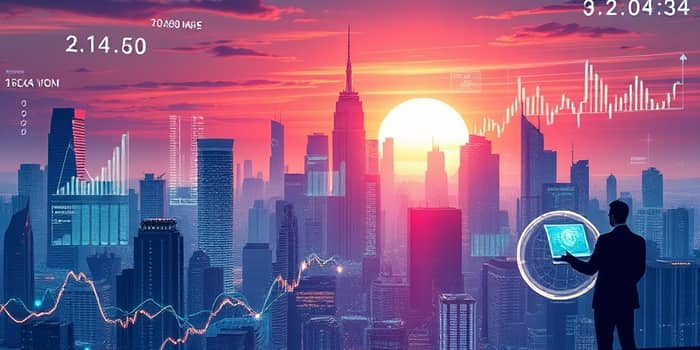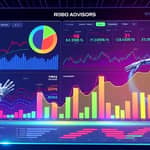
Imagine piloting a sleek aircraft through shifting clouds, guided solely by instruments that whisper of changing skies ahead. In today’s complex global economy, leading indicators are your navigation instruments, signaling shifts before they appear on the horizon. By learning to read these measures, investors, policymakers, and business leaders can anticipate economic expansions or recessions and make decisions with conviction rather than guesswork.
This article delves into the world of leading indicators—what they are, why they matter, and how to harness their predictive power. We’ll explore analytical methods, modern tools, and real-world examples to help you develop a robust forecasting framework. Whether you’re a seasoned economist or a curious entrepreneur, you’ll find actionable insights to navigate economic uncertainties with confidence.
Leading indicators are statistical measures that help predict future economic activities. They change before the broader economy shifts, offering a glimpse into upcoming trends. By tracking these indicators, stakeholders can take proactive steps instead of reacting after the fact.
Key examples include:
In an unpredictable economic landscape, leading indicators serve as an early warning system. Businesses use them to plan inventory and staffing, while investors adjust portfolios to stay ahead of market trends. Policymakers rely on these measures to implement fiscal or monetary adjustments that can soften downturns or cool overheating economies.
Without such foresight, organizations risk overcommitting resources or missing growth opportunities. By incorporating leading indicators into strategic planning, you transform uncertainty into actionable intelligence.
Turning raw data into reliable forecasts requires sound analytical techniques. Common approaches include:
Each method contributes unique insights. Descriptive statistics offer clarity, time series reveal hidden rhythms, regression establishes causality, and econometric models test policy impacts. Combining these approaches can deliver a comprehensive view of future economic shifts.
Modern forecasting harnesses both traditional econometrics and cutting-edge technology. Leading software platforms include R, Python, MATLAB, EViews, and Stata, each offering robust libraries for statistical analysis and visualization.
Embracing these innovations enhances accuracy and allows forecasters to adapt swiftly to new information streams.
The power of leading indicators is well illustrated by historical examples. The Conference Board’s Leading Economic Index (LEI), a composite measure, successfully flagged major US economic turning points over decades. It aggregates multiple indicators into a single index, providing a consolidated view of emerging trends.
Another notable example is yield curve inversion. In multiple instances since the 1960s, an inverted yield curve preceded recessions by 12 to 18 months, offering a clear signal for investors and central banks.
Building an effective forecasting process involves several steps:
1. Define Objectives: Identify the specific economic outcomes you aim to forecast—such as GDP growth or consumer spending.
2. Select Indicators: Choose a balanced mix of leading, coincident, and lagging measures aligned with your objectives.
3. Collect Data: Ensure data quality and timeliness by sourcing from reputable institutions and automated feeds.
4. Choose Methods: Combine descriptive, time series, regression, and econometric techniques to capture different facets of the economy.
5. Validate Models: Back-test your forecasts against historical data to gauge accuracy and refine parameters.
6. Monitor and Adjust: Continuously track incoming data, recalibrating models to maintain relevance and precision.
By institutionalizing this framework, organizations can transform raw data into strategic foresight, empowering proactive rather than reactive decision-making.
Leading indicators offer a powerful lens through which to view the future. By mastering their interpretation, combining advanced analytical methods, and leveraging modern tools, you can unlock deeper insights into economic trajectories and guide your organization toward informed strategies.
Key points to remember:
Embrace leading indicators as your strategic compass. With them, you can chart a course through economic uncertainty, seize emerging opportunities, and make decisions powered by foresight rather than hindsight.
References













